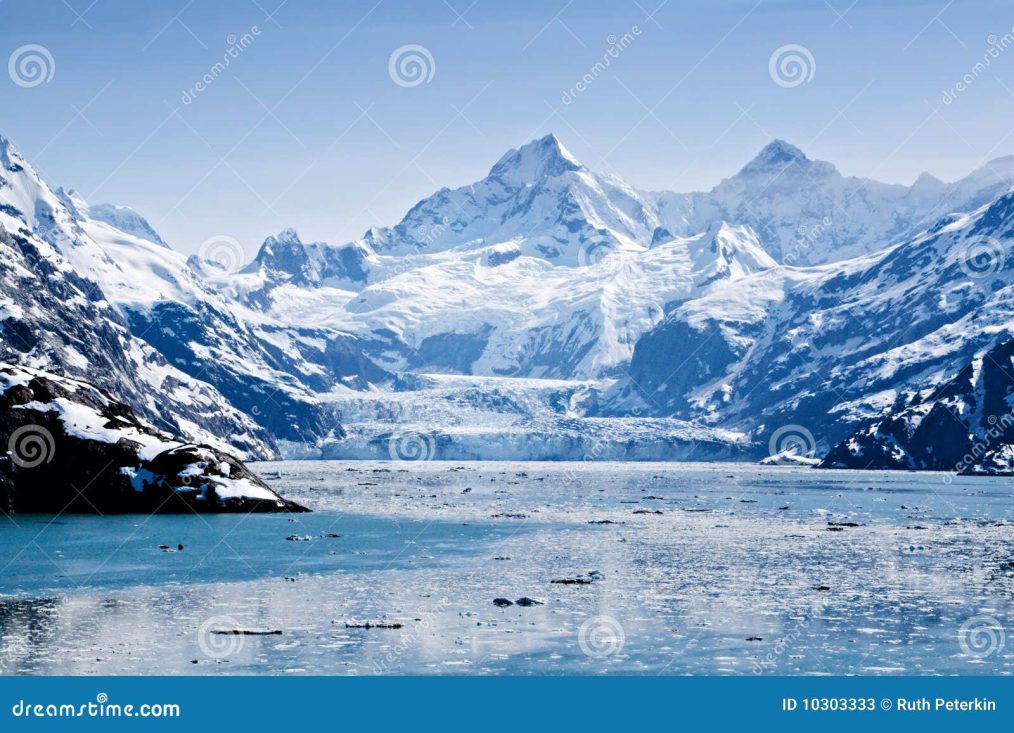
The Forces Behind Ice Ages and Earth’s Resilience in the Face of Climate Shifts
Throughout Earth’s long history, ice ages have dramatically reshaped the planet’s surface and ecosystems. These periods of extreme cold are not random occurrences; they result from a complex interplay of astronomical, geological, and atmospheric factors. Understanding the key triggers of ice ages offers valuable insight into our planet’s climate system and its potential future shifts.
The Role of Milankovitch Cycles
One of the most significant drivers of ice ages is the Earth’s changing position relative to the Sun. These variations, collectively known as Milankovitch cycles, are named after Serbian scientist Milutin Milankovitch, who first proposed the theory in the early 20th century. The cycles consist of three primary components:
- Eccentricity: The shape of Earth’s orbit around the Sun changes from nearly circular to more elliptical over a period of about 100,000 years. When the orbit is more elliptical, there is a greater difference between the distances from the Sun during different seasons, influencing global temperatures.
- Axial Tilt (Obliquity): Earth’s axis tilts at angles ranging from 22.1 to 24.5 degrees over a cycle of approximately 41,000 years. A greater tilt results in more extreme seasonal changes, while a lesser tilt leads to milder seasons, both of which can contribute to long-term climate shifts.
- Precession: The Earth wobbles on its axis like a spinning top, completing a full cycle every 26,000 years. This wobble affects the timing of seasons relative to Earth’s position in its orbit, altering the distribution of solar energy received by different regions.
These cycles can significantly affect Earth’s climate, tipping the balance between warming and cooling periods. When combined in specific ways, they can trigger prolonged periods of glaciation, plunging the planet into an ice age.
While Milankovitch cycles are powerful drivers, they are not the only factors influencing Earth’s climate. Geological and atmospheric changes can also play a crucial role in triggering or intensifying ice ages.
Volcanic eruptions can have a profound impact on the planet’s climate. When a massive eruption occurs, it releases vast amounts of ash and sulphur dioxide into the atmosphere. These particles form a reflective layer in the stratosphere, blocking sunlight and causing global temperatures to drop. This cooling effect can last for months or even years, depending on the scale of the eruption. Historical records, such as the eruption of Mount Tambora in 1815, show how volcanic activity can lead to dramatic temperature drops, sometimes referred to as a “volcanic winter.”
The slow movement of Earth’s tectonic plates, known as continental drift, can also contribute to long-term climate changes. As continents shift positions over millions of years, they alter the configuration of ocean basins and currents. These ocean currents play a critical role in distributing heat around the planet. For example, the closure of the Isthmus of Panama around 3 million years ago redirected ocean currents, contributing to the cooling that led to the current ice age cycle.
Despite the harsh conditions of ice ages, life on Earth has proven remarkably resilient. Over millions of years, plants, animals, and entire ecosystems have evolved to survive in cold, unforgiving environments. This adaptability demonstrates nature’s incredible capacity to endure and thrive even under extreme climate conditions.
During ice ages, many species developed unique adaptations to cope with the frigid temperatures. Animals such as the woolly mammoth and saber-toothed tiger thrived in icy landscapes due to their thick fur, insulating fat layers, and specialized behaviours. Similarly, modern-day polar bears continue to exemplify nature’s adaptability. With their dense fur, blubber for insulation, and ability to hunt on ice, they remain well-suited to life in Arctic conditions.
Plants, too, have found ways to survive during glacial periods. Some species enter a dormant state to withstand freezing temperatures, while others have adapted to grow in nutrient-poor, cold soils. These adaptations ensure that life continues, even in the harshest of environments.
Ice ages do more than just challenge individual species—they reshape entire ecosystems. As glaciers advance and retreat, they carve out new landscapes, create lakes, and redistribute nutrients. Ecosystems adapt to these changes, evolving over time to take advantage of new opportunities. For example, post-glacial landscapes often become rich habitats for diverse plant and animal life, showing how nature rebounds after periods of extreme cold.
The Earth’s history of ice ages provides a powerful reminder of nature’s resilience and adaptability. While ice ages bring immense challenges, they also offer opportunities for renewal and transformation. Life on Earth has persisted through multiple glacial periods, evolving to meet the demands of a changing climate.
Understanding the forces behind ice ages not only deepens our appreciation of Earth’s complex climate system but also highlights the importance of adaptability in the face of change. As our planet continues to experience climate shifts, we can draw inspiration from nature’s ability to endure and thrive through even the most extreme conditions.





